Caring for Senior Pets
Dr Debbie Prattley
As your pet enters their senior years, you might notice changes in their mobility and exercise tolerance, along with other health issues that limit their ability to enjoy activities they once loved. Thankfully, there are many ways we can help keep them active and engaged in life, and lots of things you can do at home to help them. While I most often see senior dogs, similar concepts apply for cats, horses and other animals.
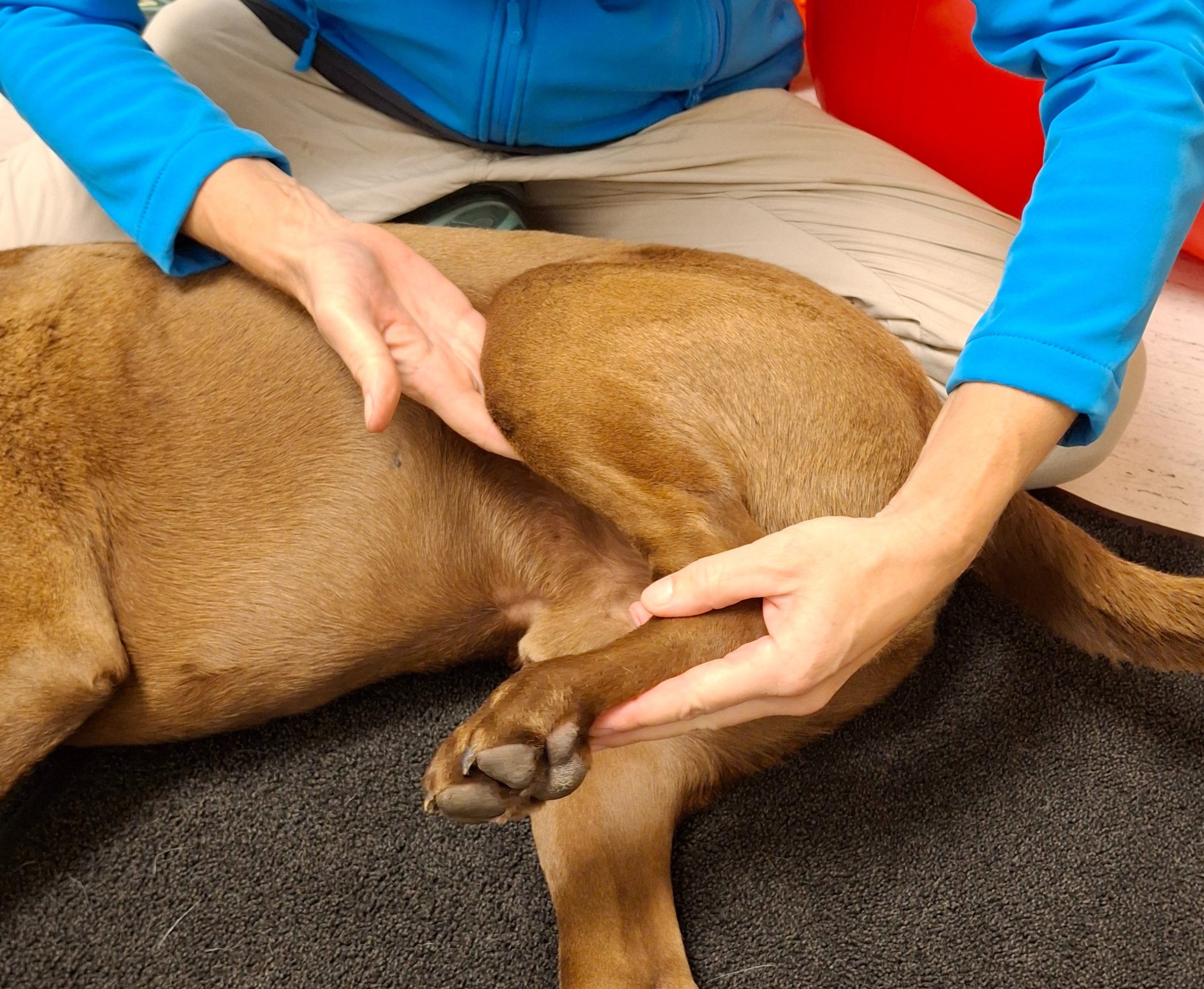
Mobilising Joints and Massaging Muscles
As our pets age, joint stiffness, pain and muscle loss lead to weakness and discomfort. An easy way to help your pet’s stiff joints is to use passive mobilising. This involves you gently moving the joint while they relax. As well as helping to maintain joint movement, this technique also helps to decrease swelling and inflammation. Massage can reduce pain and stiffness, improve circulation, and help with muscle recovery. Plus, it’s a soothing experience that most animals love! I can show you how to effectively massage your pet’s muscles and mobilise their joints so that you can do these for them at home.
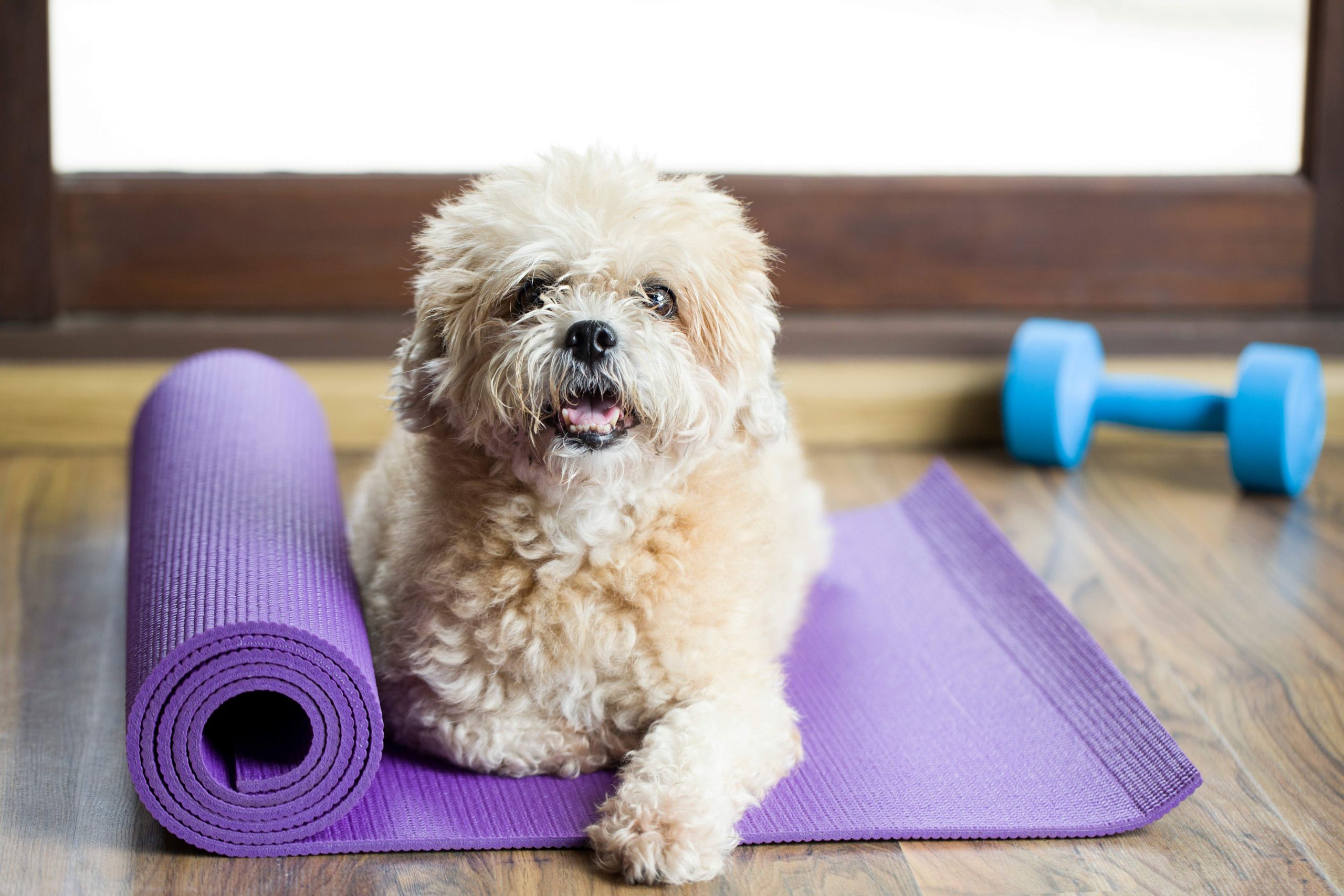
Therapeutic Exercise
Exercise doesn’t always have to involve long walks on the beach or in the park. In fact, while going for walks is great, it doesn’t work all muscles equally, and we often need to focus on particular ones that have weakened or wasted. I’ll show how to work with your pet to do specific exercises at home using simple equipment—often items you already have on hand. These targeted exercises improve muscle strength and balance, and reduce joint stiffness. This will help to keep them stronger and more mobile as they age.

Hands-On Therapies
Veterinary physical therapies include osteopathy, chiropractic care, and other hands-on techniques. Having spent many years training and using manual therapies to treat both animals and people, I can assess and treat your animals using the techniques that work best for them. These help with stiff and sore joints, tight tissues that are compensating for injuries or other painful conditions, managing every day aches and pains.
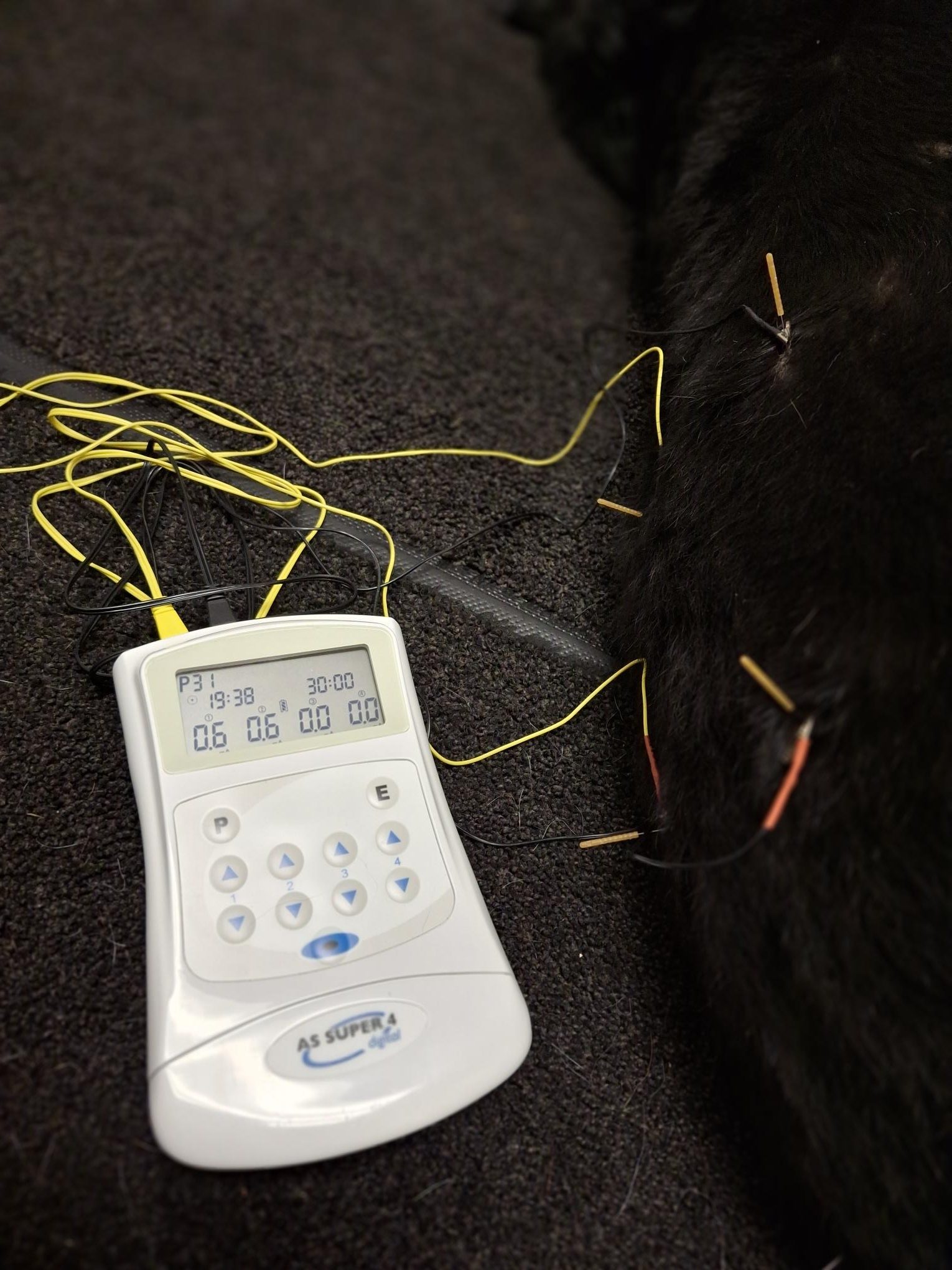
Other therapies
There are many other treatments that can help your older pet, especially with issues relating to pain or their musculoskeletal system. Acupuncture is great to help with pain relief, improving mobility, easing muscle tightness, and promoting relaxation and calmness. I also use electro-acupuncture which enhances the effects ordinary acupuncture needles create. Laser treatment is a particular type of light therapy that stimulates tissue healing while reducing pain and inflammation. I also have electrical muscle stimulation, therapeutic ultrasound and pulsed electromagnetic field devices.
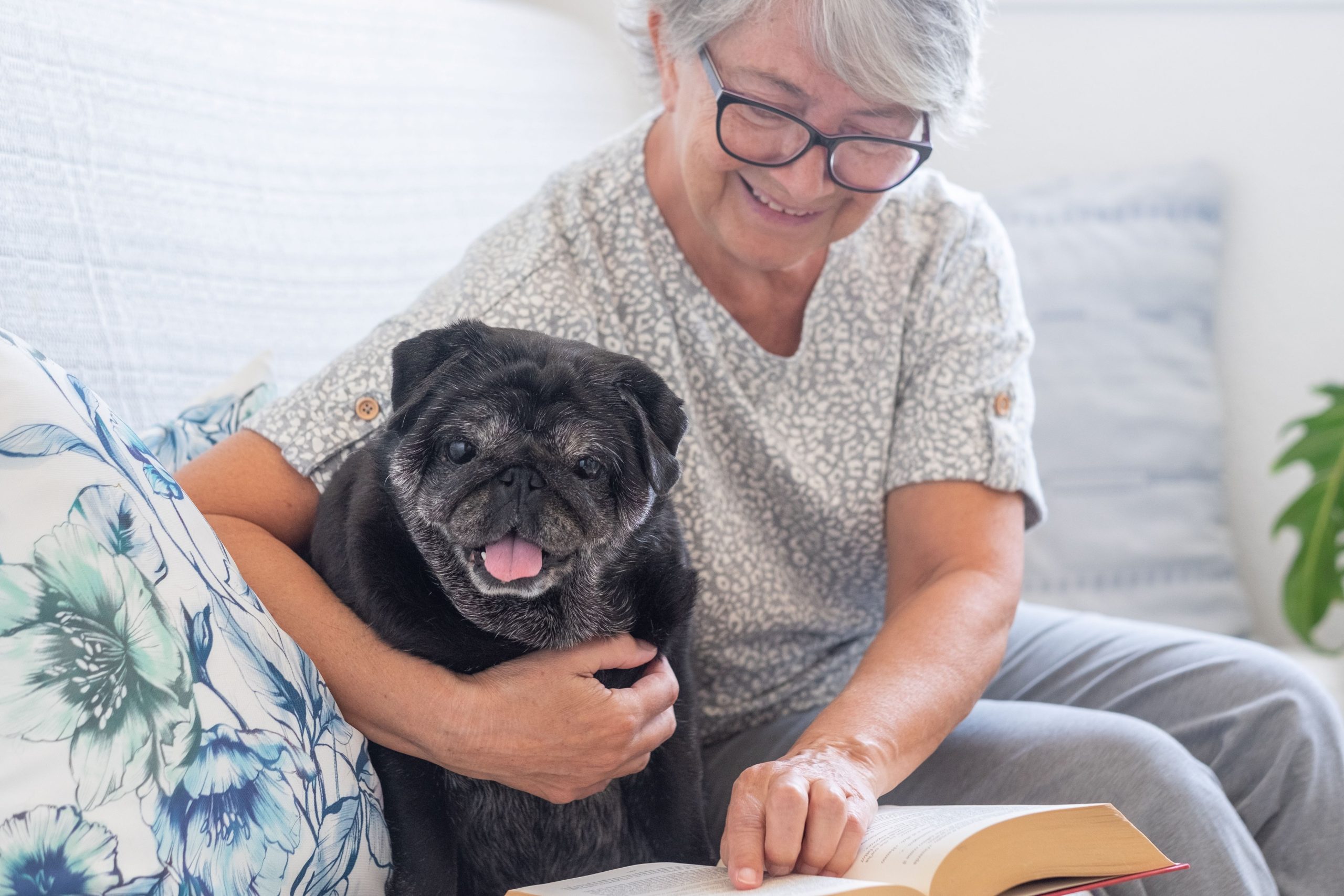
Brain Games
While we don’t often talk about dementia in older pets, they can and do suffer from changes in brain function. In dogs this is known as Canine Cognitive Dysfunction, or CCD. But you can help to keep them mentally stimulated and active even if they can’t get out and about much any more. Yes, old dogs CAN learn new tricks! There are loads of easy tricks and games I can help you teach your senior pets. These have several benefits, including keeping them active, providing mental stimulation, and enjoying quality time with you!
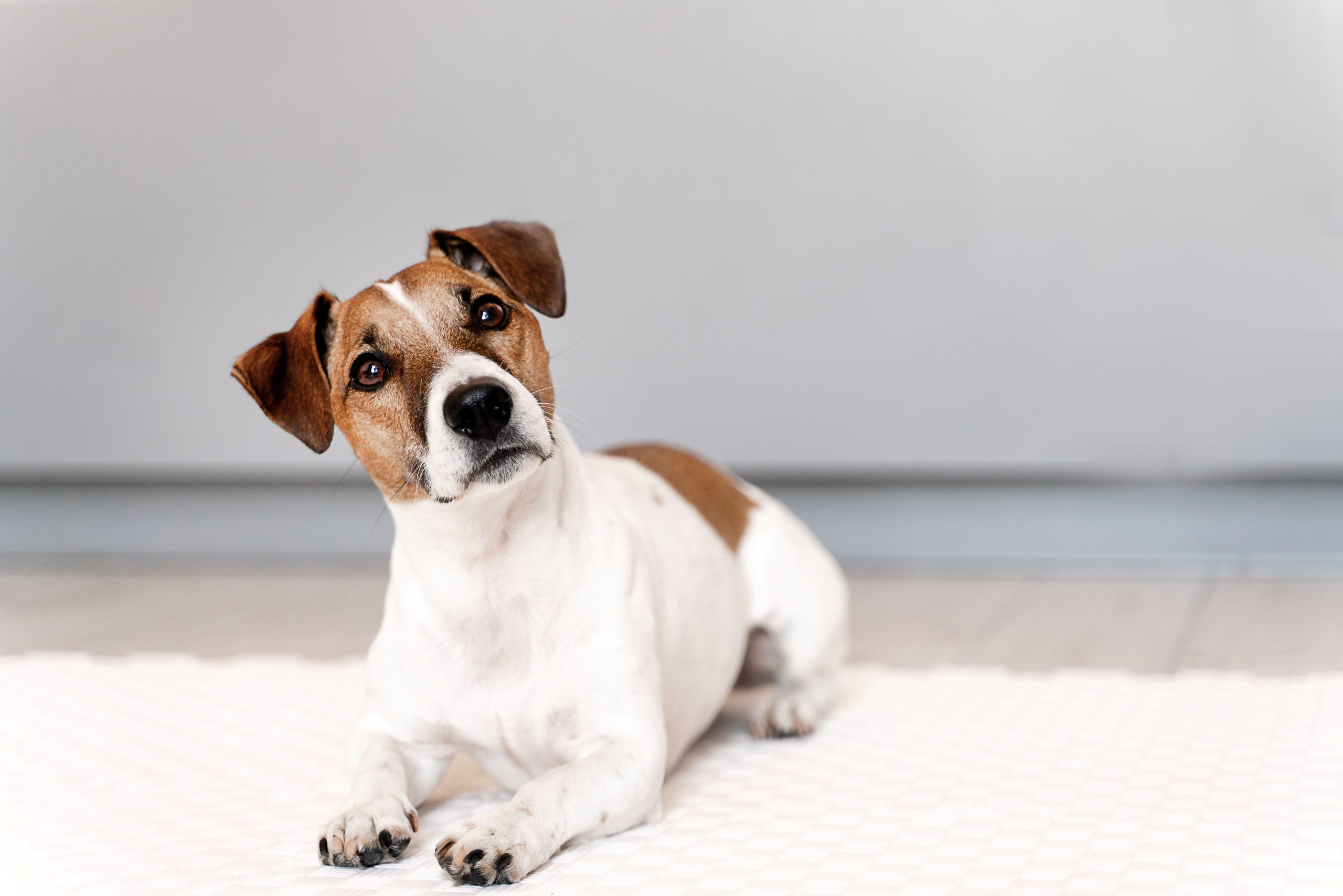
Nutrition and Joint Supplements
Senior pets can have all sorts of health conditions that mean they need special diets. I’m often asked about joint supplements – there are many options, with a variety of ingredients that work in different ways and with varying amounts of research behind them. I can help you to decide which ones are worth buying and trying for your senior pet.
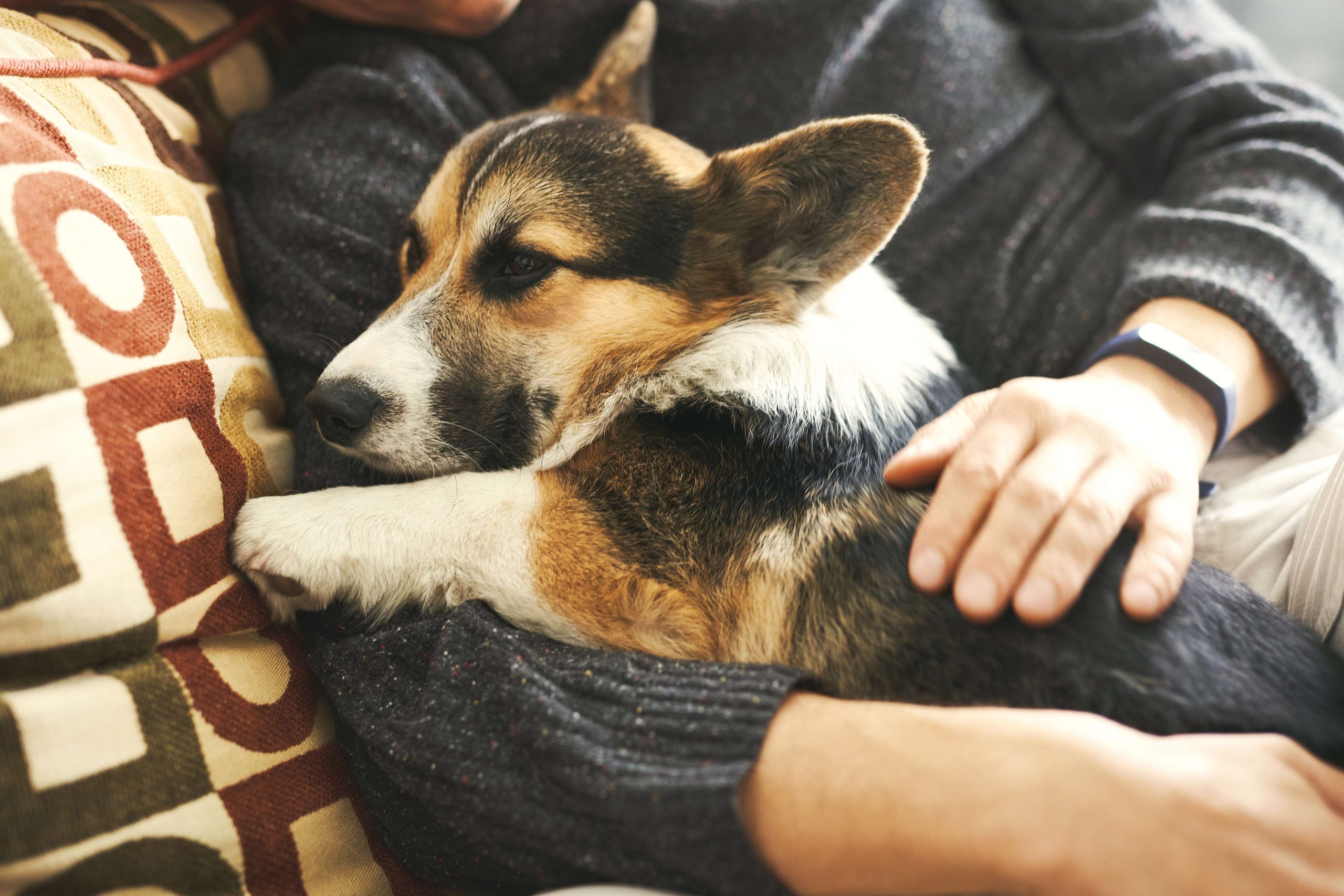
Making your home safe
Every day things like stairs, steps and slippery floors can become challenging as your pet gets older. We’ll discuss ways you can make changes that will help you and your pets cope with getting around your home.